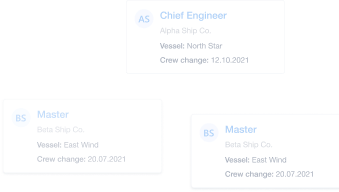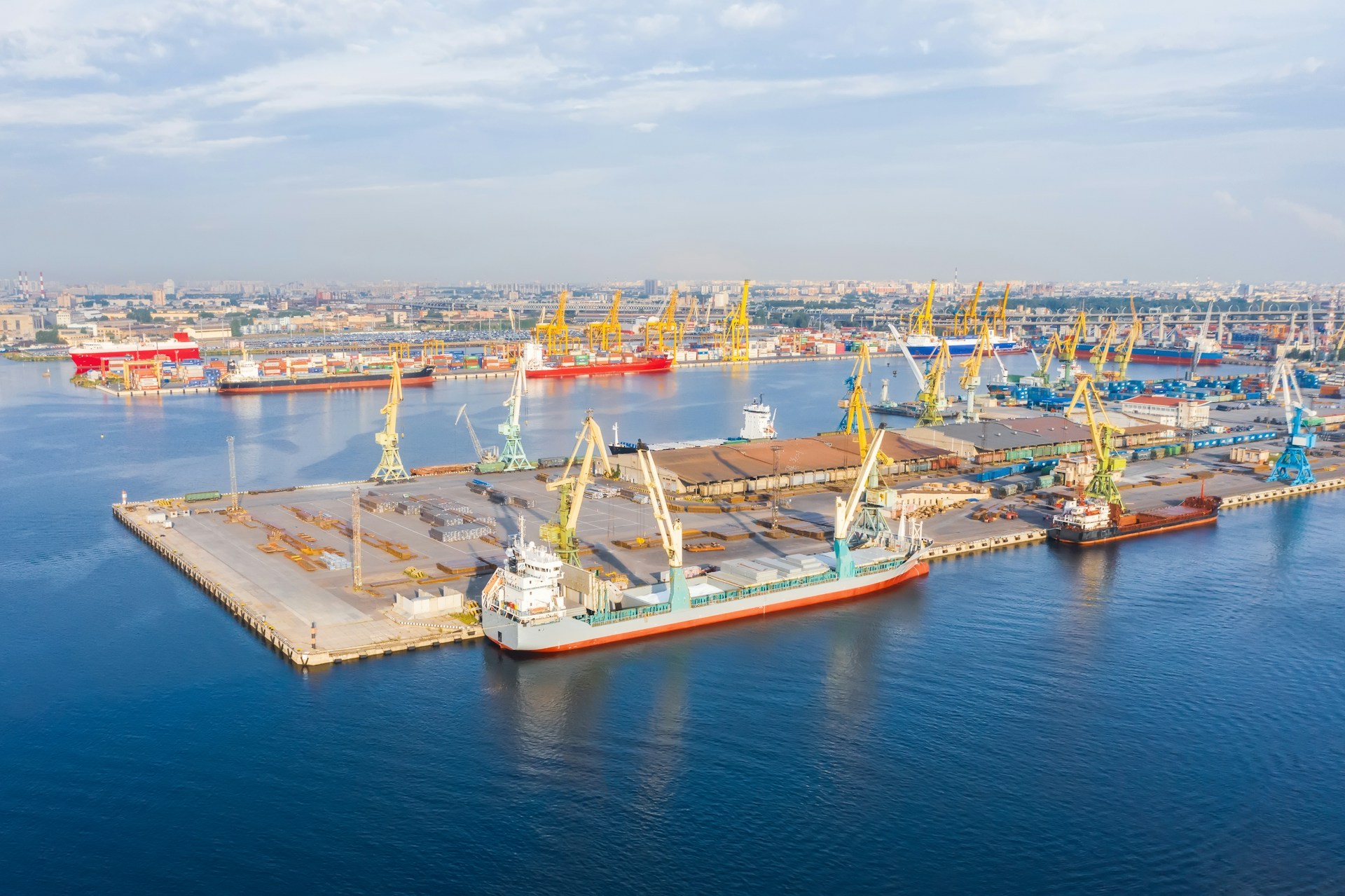How Mini Cargo Ships Help Cadets Navigate Maritime Careers
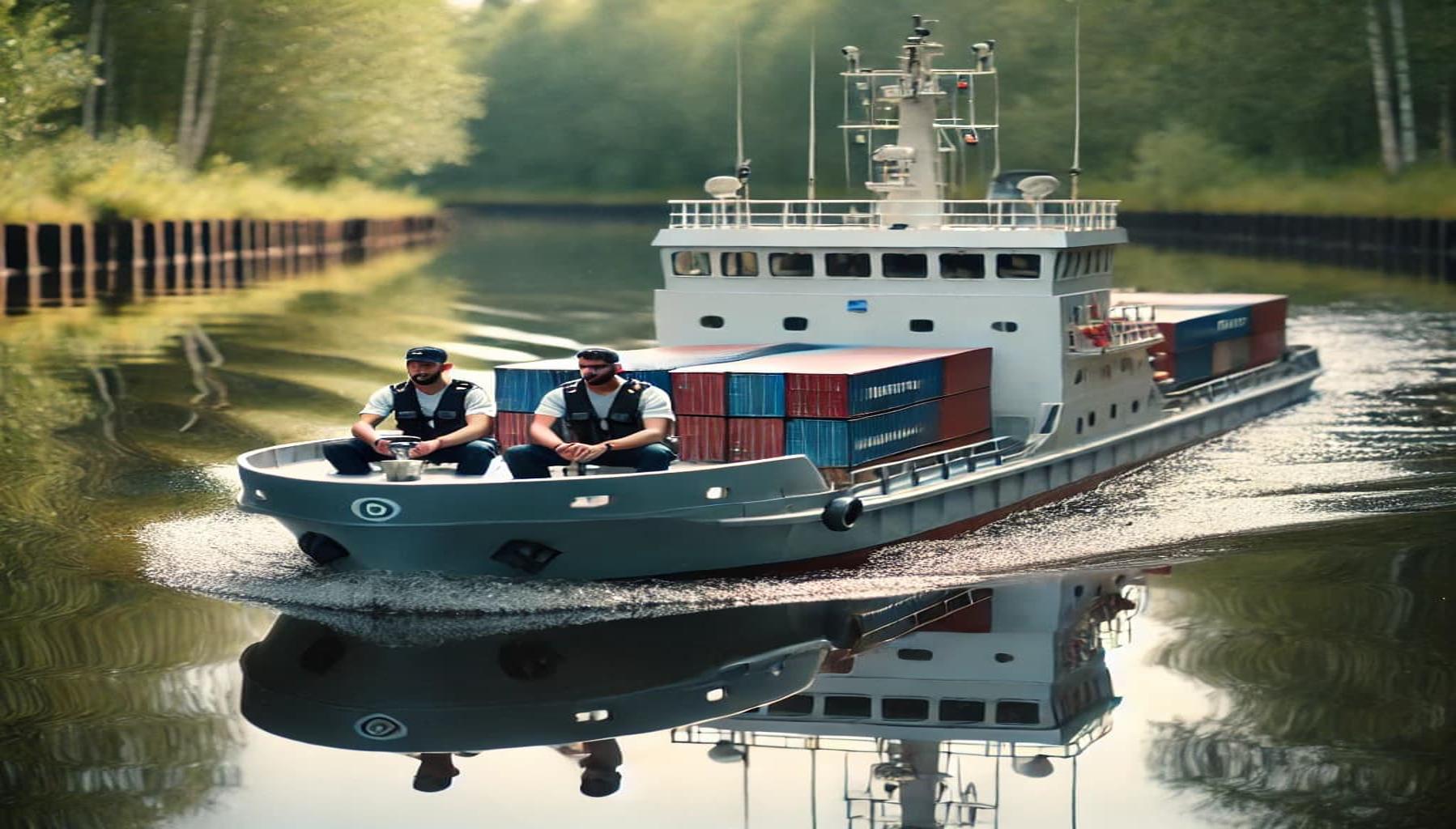
When you think about maritime training, your mind probably goes to huge simulators, rigorous classroom education, time spent aboard a ship - also known as sea time, and perhaps even virtual or augmented reality. However, there’s a lesser-known yet incredibly effective way that maritime academies around the world train future seafarers: miniature commercial vessels.
Often scaled at 1:25 to real ships, these mini ships play a pivotal role in preparing cadets for the realities of navigating full-sized vessels by offering hands-on experience in a controlled and safe environment.
Wait: what does 1:25 scale mean? If you’re a model maker or model car, boat or railway enthusiast, you’ll know your scales, but for those who are wondering, 1:25 means that every unit of measurement on a model represents 25 units in real life. These units can be centimeters, inches, feet, yards or meters etc. Therefore, a miniature scale cargo ship is 25 times smaller than its big brother.
But what exactly are these miniature vessels, and how do they contribute to maritime training? Come with us as we take a look at the fascinating world of scaled-down ships and their role in training the next generation of seafarers.
What are miniature commercial vessels?
Miniature commercial tankers or ships are scale models, typically 1:25 in size, which are used by maritime academies and training institutions to replicate the behavior, handling, and dynamics of full-sized vessels.
While they are, obviously, much smaller, they maintain all the operational characteristics of their real-world counterparts. These vessels are often used in purpose-built training lakes or ponds, where trainees can practice navigation, berthing, and maneuvering in a controlled environment.
Read more: Your Guide to Maritime Training for Jobs at Sea
The idea behind these mini ships is simple: smaller models allow for a safer and more manageable training experience while still providing the complexity and challenge that comes with handling a full-sized ship.

Given their size, the vessels are often equipped with scaled-down engines, working rudders, and functioning propellers, making them highly realistic in their operation. In many cases, the same hydrodynamic principles apply, meaning that they react to water currents, wind, and propulsion in the same way that an actual cargo or container ship would.
The role of miniature vessels in seafarer training
The core purpose of using miniature vessels is to offer trainees a chance to learn in an environment that mirrors real-life conditions, without the risks or costs associated with actual ships. Training on mini ships helps cadets become proficient in navigation, collision avoidance, and understanding how vessels respond to various forces such as wind and tide.
One of the major advantages of training with scaled down container ships is that they allow trainees to make mistakes and learn from them in a low-risk environment. When handling a full-sized vessel, errors can lead to significant financial losses, damage, or even accidents, making real-world practice limited.
With miniature vessels, however, cadets can repeat maneuvers, practice tricky berthing techniques, and simulate complex emergency scenarios without the potential for costly mistakes.
Read more: Advancing Your Maritime Career with Seafarer Training
As mentioned, training sessions often take place in scaled-down water areas such as large ponds and these will come complete with simulated port structures, docking bays, and other navigational challenges.
Training academies carefully design these environments to reflect the complexities of real-world shipping routes and harbor approaches, offering cadets the opportunity to perfect their skills in a space designed to mimic actual conditions.
Hands-on seafaring experience without the risk
Another significant benefit of using miniature commercial vessels in training is the opportunity for those who want to go on to work in a maritime job to gain hands-on experience. While simulators and classroom learning provide the theory behind ship handling and navigation, they often lack the tactile experience of physically maneuvering a vessel.
Meanwhile, mini ships bridge that gap, providing cadets with the chance to experience the feeling of steering and controlling a ship in real-time.
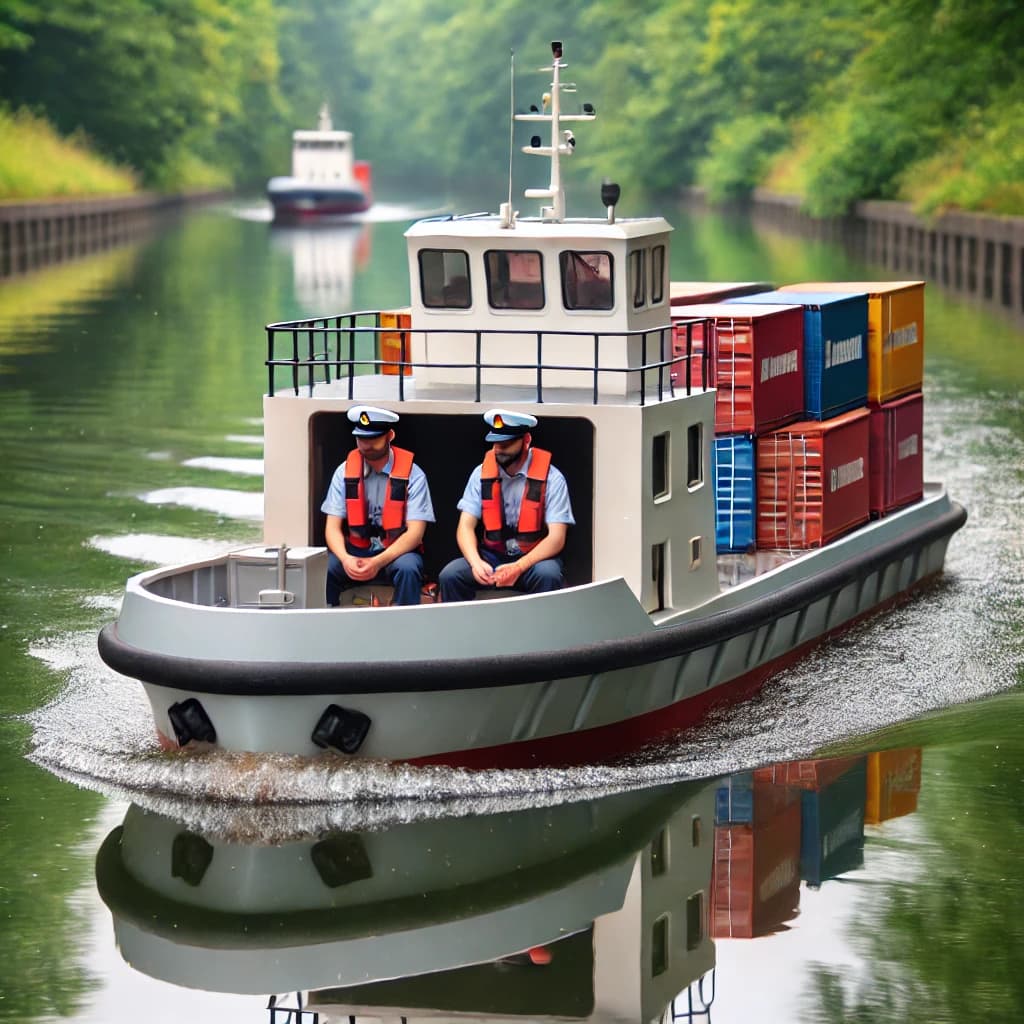
Since these vessels replicate real-world physics, cadets can also better understand the challenges that arise when controlling a large vessel in a confined space, such as during docking or entering a port. They will learn to appreciate the importance of forward planning, communication, and understanding how wind, current, and ship design all impact maneuverability. This level of experience cannot be gained from simulators alone.
Additionally, the real-time feedback cadets receive from their trainer whilst navigating a miniature container ship or tanker will help them develop critical decision-making skills. They can observe how different types of ships respond to their commands, experiment with different approaches, and learn to correct errors on the spot, thus preparing them for the complexities of handling large commercial vessels in actual maritime conditions.
Realistic training for better prepared cadets
One of the most compelling reasons maritime academies invest in miniature cargo ships and other vessels is the realism they provide. With working propellers, functional rudders, and the ability to mimic the way a full-sized ship reacts to different water and weather conditions, these mini ships give trainees a near-authentic experience.
In scenarios where simulators may not fully capture the nuances of ship handling in varied environmental conditions, miniature vessels provide a lifelike understanding of how wind, current, and wave patterns affect navigation.
For instance, cadets can practice handling ships in crosswinds or strong currents, learning how to adjust their maneuvers to maintain control, much as they would need to do with a real ship. The ability to visualize and execute real-world maritime tasks at a small scale gives cadets the confidence and skills they need to excel on full-sized vessels.
Read more: Seafarer Jobs & Maritime Training 101: The Basics
In addition to this, a scaled-down container ship or a tiny tanker will allow trainees to practice emergency scenarios such as engine failure, steering malfunctions, or unexpected environmental challenges.
Simulating these events in real-time helps prepare cadets for the kinds of critical thinking and swift decision-making required at sea, where their actions can mean the difference between life and death.
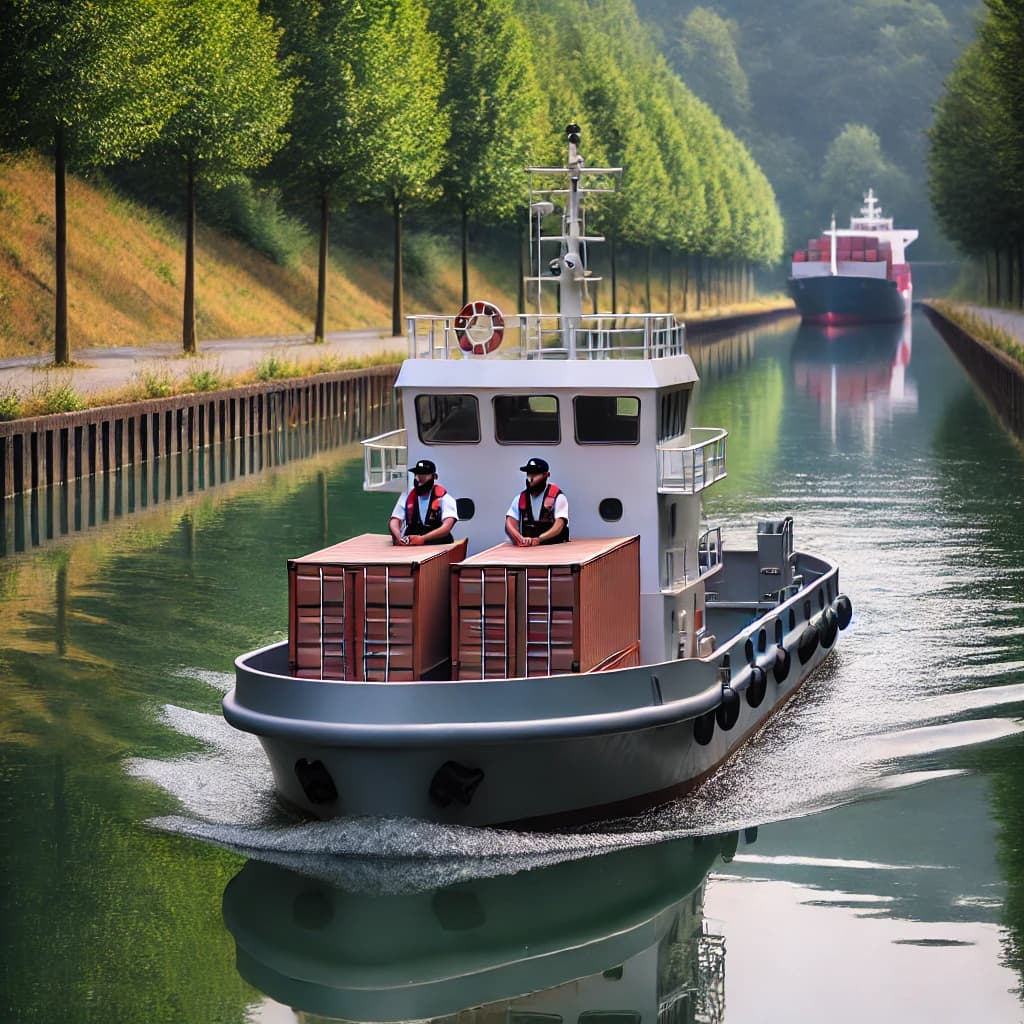
The future of maritime training
While the use of miniature commercial vessels may not be as well-known as other maritime training tools, their role is undeniably valuable in producing skilled and capable seafarers. These small but mighty (and, actually, very cool-looking!) training aids provide hands-on experience, reduce risks, and help trainees gain a realistic understanding of ship handling and navigation.
As the maritime industry continues to evolve and vessels become more complex, the need for comprehensive, hands-on training is greater than ever. Miniature cargo ships offer an efficient and cost-effective way to train future seafarers, ensuring they are well-prepared to handle the challenges of the open sea.
In the world of maritime education, the saying "practice makes perfect" holds especially true, and miniature commercial ships are helping to ensure that tomorrow’s seafarers get the practice they need to navigate their way to success.
PS: If you're looking for your next job at sea on a real-sized container ship, bulk carrier or chemical tanker, take a look at Martide's maritime job vacancies here!
Please note: images are for illustrative purposes only!

Eve Church
Eve is Martide's content writer, publishing regular posts on everything from our maritime recruitment and crew planning software to life at sea. Eve has been writing professionally for more than two decades, crafting everything from SEO-focused blog posts and website landing pages to magazine articles and corporate whitepapers.
UK
